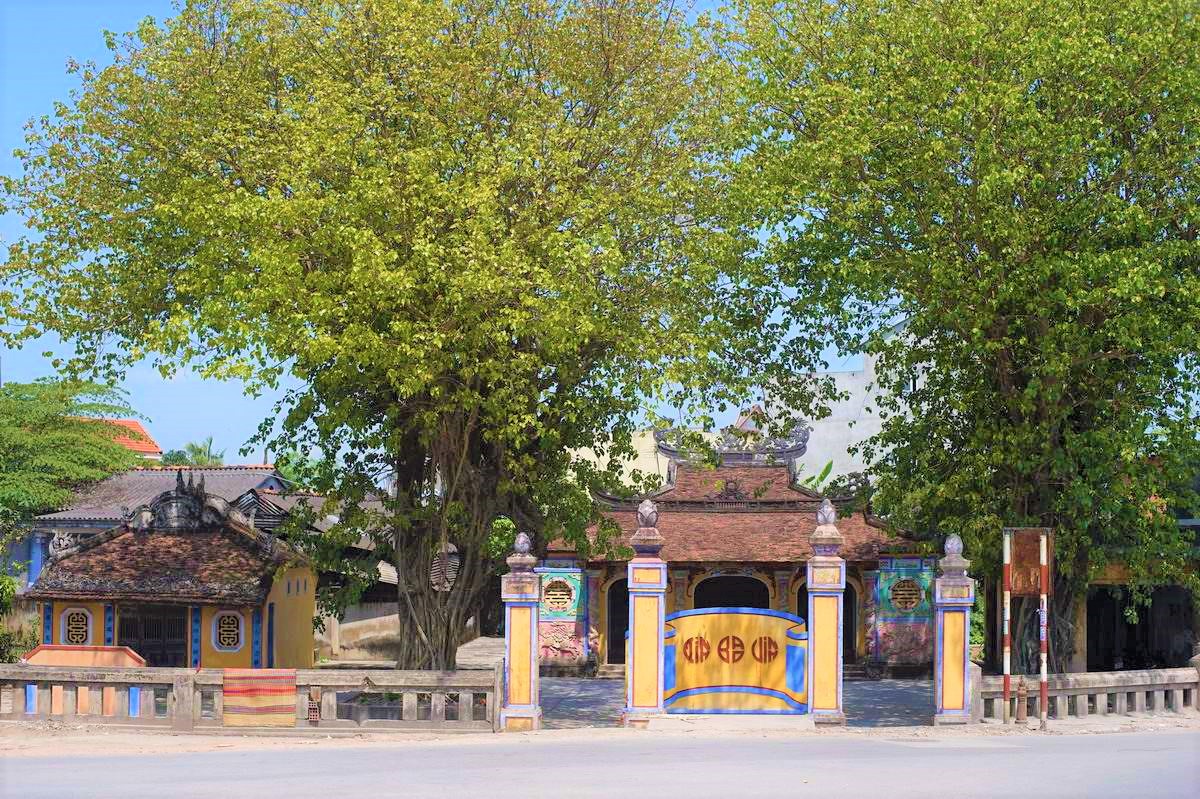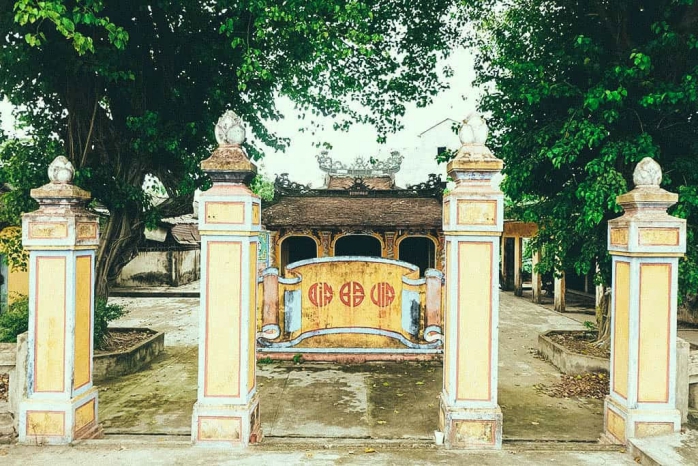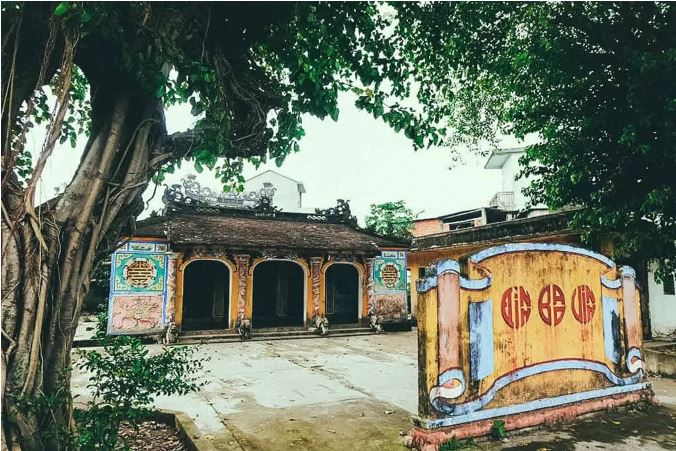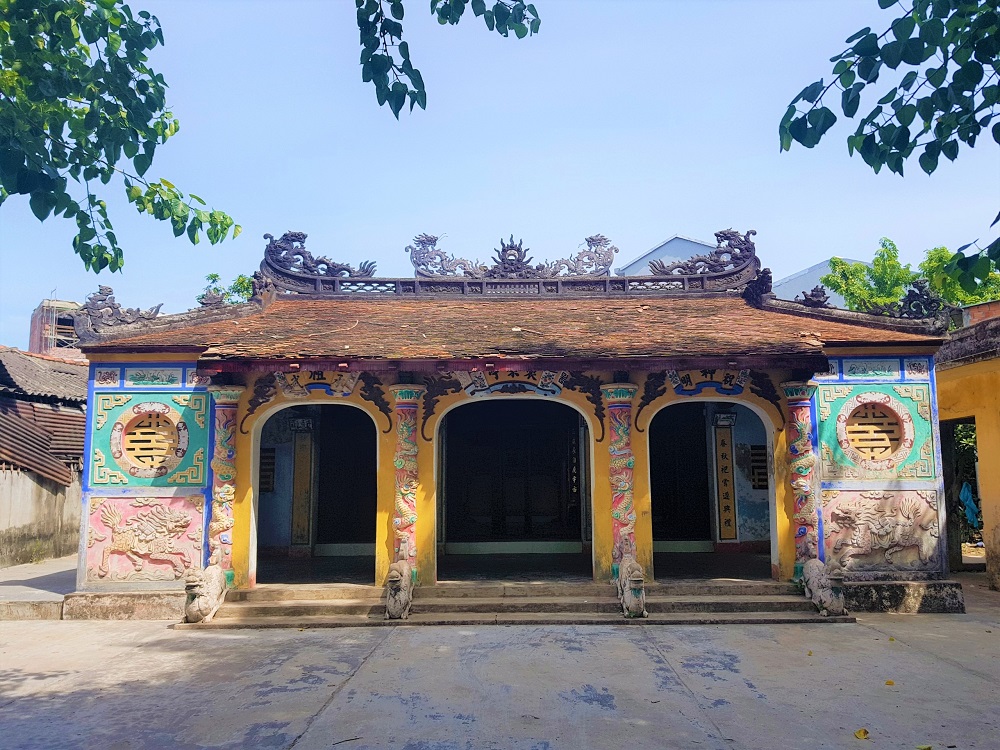Throughout its history, the communal house's architecture evolved based on economic conditions. Initially constructed with materials like bamboo and thatch, it eventually transitioned to wood and brick walls with tiled roofs. The communal house underwent several renovations over time while maintaining its original location. The most significant renovation occurred in 1973, raising the walls, columns, and roof by 0.5 meters. Another renovation took place in 2009, involving lime painting and tile replacement.

Currently, the communal house houses four imperial edicts from the Nguyen Dynasty era. Notably, Bao Vinh communal house is known for preserving many Han-scripted materials such as decorative horizontal lacquered boards, couplets, and imperial edicts. These materials offer valuable insights into the history, culture, customs, and traditions of the local community and Vietnamese society at large.


Bao Vinh village's communal house today still retains almost intact the old architecture

Regarding the architecture of the communal house, through the restoration, it still retains the ancient features, including 3 compartments and two wings, the truss structure is made of finely carved wood. Inside are 5 altars.